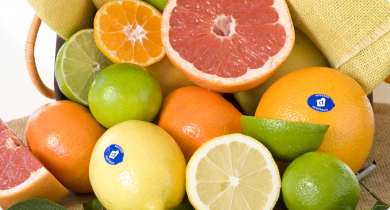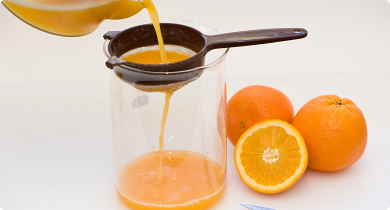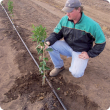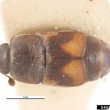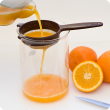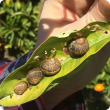Citrus
The Western Australian citrus industry primarily supplies the local market with high quality oranges, mandarins, grapefruit, lemons and limes.
Growing areas range from Kununurra in the north to Harvey in the south with recent expansion and large businesses near Moora. The Department of Primary Industries and Regional Development works very closely with theWA Citrus on trialling new varieties and providing other technical assistance related to orchard management.
Fresh citrus is available for much of the year from local orchards and imported at other times. The main local season runs from May to December.
Filter by search
Filter by topic
- Pests, weeds & diseases (22) Apply Pests, weeds & diseases filter
- Plant biosecurity (12) Apply Plant biosecurity filter
- Pests (12) Apply Pests filter
- Biosecurity & quarantine (12) Apply Biosecurity & quarantine filter
- Biosecurity (12) Apply Biosecurity filter
- Diseases (10) Apply Diseases filter
- Pest insects (9) Apply Pest insects filter
- Fungi (8) Apply Fungi filter
- Production & postharvest (6) Apply Production & postharvest filter
- Irrigation (3) Apply Irrigation filter
- Breeding & varieties (3) Apply Breeding & varieties filter
- Stone fruit (2) Apply Stone fruit filter
- Water management (2) Apply Water management filter
- Water (2) Apply Water filter
- Pome fruit (2) Apply Pome fruit filter
- Nursery & cutflowers (2) Apply Nursery & cutflowers filter
- Climate, land & water (2) Apply Climate, land & water filter
- Grapes & wine (2) Apply Grapes & wine filter
- Mites & spiders (2) Apply Mites & spiders filter
- Minor fruits (1) Apply Minor fruits filter
- Potatoes (1) Apply Potatoes filter
- Vegetables (1) Apply Vegetables filter
- Livestock species (1) Apply Livestock species filter
- Table grapes (1) Apply Table grapes filter
- Quarantine (1) Apply Quarantine filter
- Food, export & investment (1) Apply Food, export & investment filter
- Bacteria (1) Apply Bacteria filter
- Avocados (1) Apply Avocados filter
- Bees (1) Apply Bees filter
- Export services (1) Apply Export services filter
- Intrastate movement (1) Apply Intrastate movement filter
- Livestock & animals (1) Apply Livestock & animals filter

